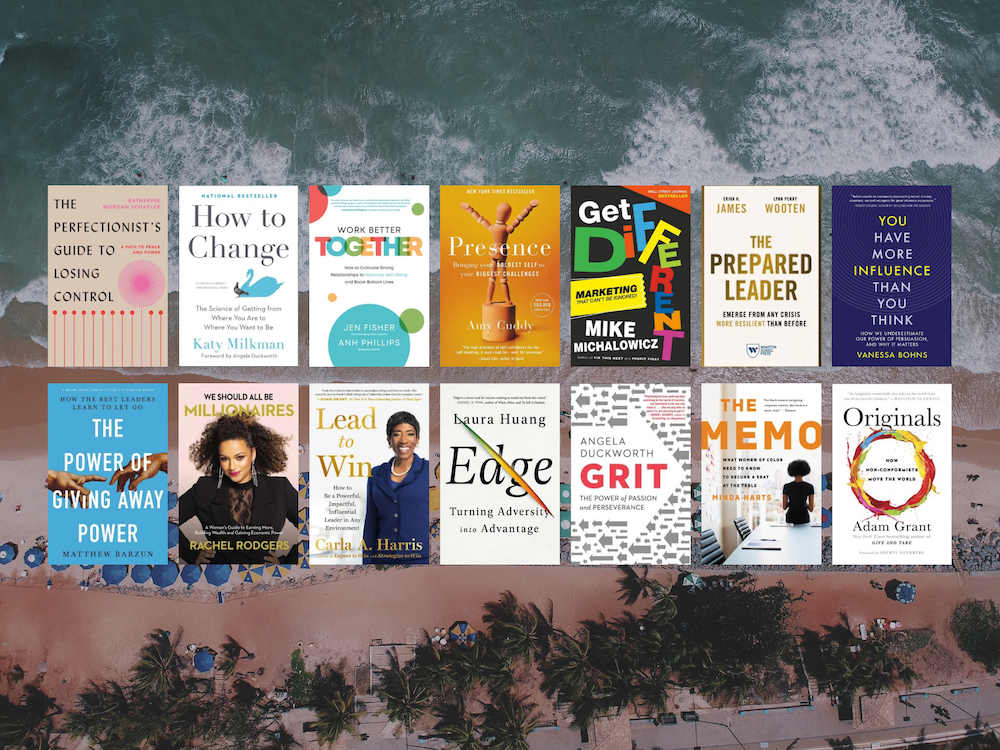Self-Care Series Part 1: Coping with GMAT or GRE Test Anxiety: VIDEO

It’s no surprise that the MBA experience can be stressful–from the application process to the capstone presentation. Couple that with balancing family responsibilities or maybe even a full-time job, and it’s easy to see how pursuing an MBA can feel overwhelming.
Lately, self-care has become somewhat of a buzzword in the wake of the pandemic as memes about self-care best practices dominate many of our social media timelines.
Yes, we all know it’s important. Many of us have probably tried to meditate at least once (whether successfully or not)! But we may not know how to actually apply self-care to our real-life situations.
In honor of Mental Health Awareness Month, we’re launching a series where we use video to share practical tips that describe ways you can practice self-care during key stressful moments in the MBA journey.
Here’s a breakdown of what to expect:
- May 4: Coping with anxiety around the GMAT/GRE tests
- May 11: Reducing stress while waiting for MBA admissions decisions: VIDEO
- May 18: Practical tips for handling common stressful scenarios during the MBA, including applying to jobs/internships, choosing from student organizations, balancing motherhood while in school, and juggling work and school.
- May 25: Avoiding burnout in the corporate world
- May 31: Getting support with MBA and career stress
Here’s our first segment:
Coping with Anxiety Around the GMAT/GRE Tests
Shannon Demko, a mindfulness coach and the founder of MindfulMBA, helps a lot of MBA candidates work through test anxiety.
She says while there’s no “one-fits-all” solution to reduce stress before the GMAT, there may be one exception to the rule: working with breath. Here’s why.
“The GMAT and the GRE–all the tests– are intellectual endeavors that require you to engage the prefrontal cortex of your brain,” Demko explains, adding that before a test, “you need to get to the part of your brain that can solve complex, quantitative problems, read long passages, and assess them.”
But when you’re panicky, a different part of your brain takes over, the amygdala.
“When the amygdala is in charge, it’s hard for the prefrontal cortex to get in charge,” Demko says.
That’s why internal pep talks don’t always ease your nervousness or test anxiety.
Demko says the quickest way to get out of a panic, also known as “fight, flight, or freeze” response, is to practice breathing techniques.
We know to take deep breaths instinctively, but we have to remind ourselves to do it. So, if you’re sitting at the GMAT site and your heart’s racing and you’re sweating bullets, stop and ground your energy.
“One of the first things you can do is take your hands, put them down on the table, a counter, wherever you are, on your lap if there isn’t one, and see if you can get your feet on the ground-both feet,” Demko says. “When you inhale, sit up a little taller and when you exhale just soften. Even just the connection of hands on the table and feet on the floor will take your energy in and down. And that’s what you want, you’re bringing it back.”
She says to take at least three deep breaths in and three deep breaths out.
“If you’re really nervous, count to five in and out,” she adds. “Almost like you’re sipping through a straw and exhaling through a straw. This will help disrupt the stress response in the body because it sends the message that if you can stop and take a deep breath then you must not be in physical danger.”
“Which you’re not—the GMAT is not trying to kill you, as much as people think it is, it’s not going to actually kill you. You need calm, so you can get into your prefrontal cortex and answer those questions.”

Photo from Siora








Breathwork is truly underrated — this was so helpful. Excited for the rest!